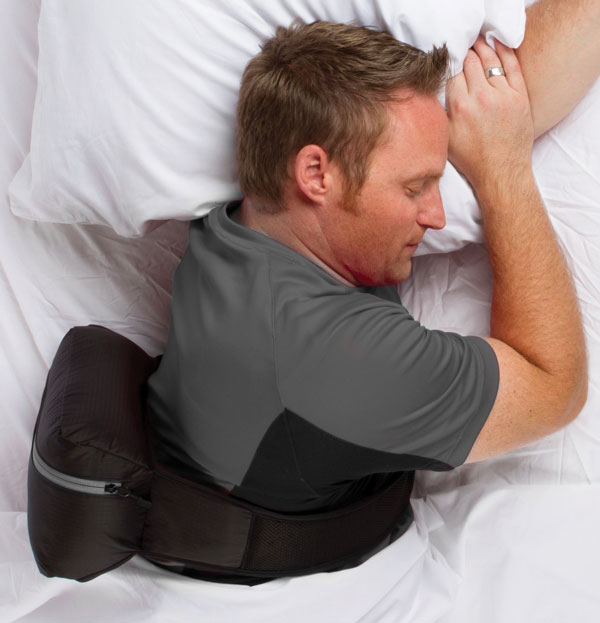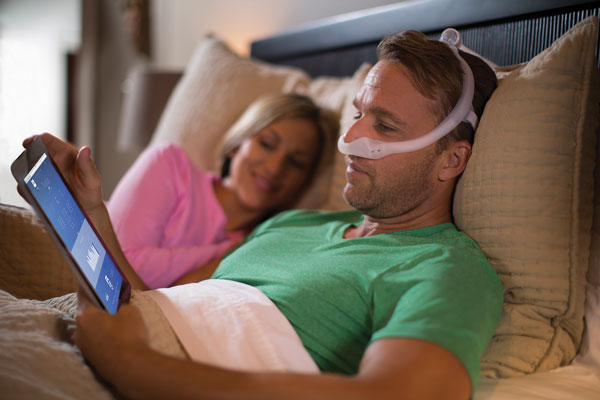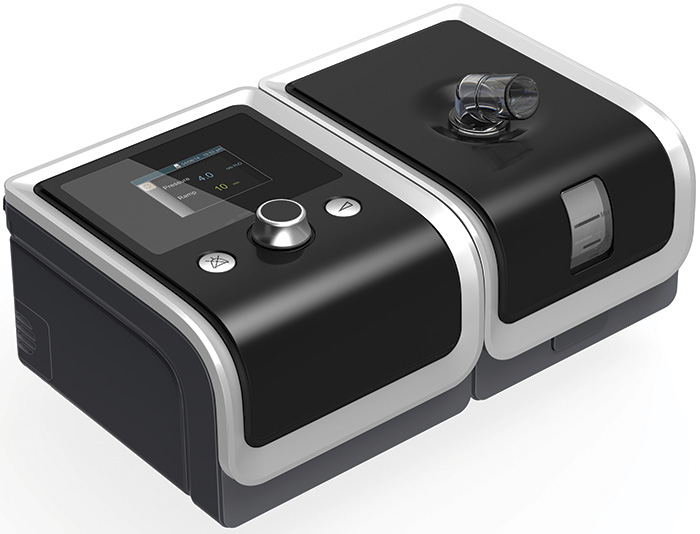Answers from industry experts
Wednesday, June 22, 2016
Slumberbump LLC
Adam Alyworth, VP of Sales www.slumberbump.com
 Slumberbump Positional Sleep Therapy Device
Slumberbump Positional Sleep Therapy DevicePhilips Home Healthcare Solutions
Jim Doty, Senior Director of Field Marketing www.usa.philips.com
 DreamWear Mask
DreamWear Mask3B Medical
Angela Giudice, Director of Clinical Sales and Education www.3Bproducts.com
 Luna CPAP Machine
Luna CPAP Machine